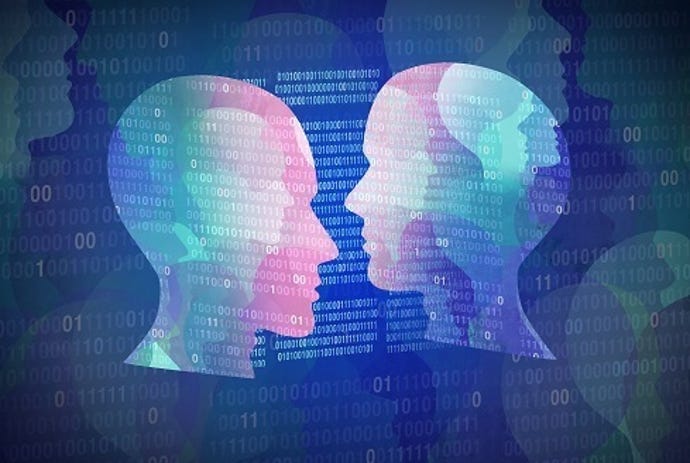Artificial intelligence (AI)-generated fake videos that can simply influence regular users are now commonplace. These videos have emerged as modern computers have become much better at simulating reality. For instance, computer-generated sets, scenery, characters, and even visual effects are heavily used in modern cinema. Because these scenes are so close to reality, digital locations and props have largely replaced physical ones. Deepfakes, one of the most recent trends in computer imagery, are created by programming AI to make one person look like another in a recorded video.
What Are Deepfakes?
The term “deepfake” is derived from deep learning, a type of artificial intelligence. Deepfakes, as the name implies, uses deep learning to create images of fictitious events. Deep Learning algorithms are capable of teaching themselves how to solve problems involving large amounts of data. This technology is then used to create realistic-looking fake media by swapping faces in videos and other digital content. Furthermore, deepfakes are not limited to videos; this technology can be used to create other fake content such as images, audio, and so on.
Working of Deepfakes
There are several methods for creating deepfakes, but the most common is to use deep neural networks with autoencoders to apply a face-swapping technique. Typically, these are created on a target video that serves as the foundation for the deepfake, and then AI uses a collection of video clips of the person you want to insert into the target to replace the actual person in the video.
The autoencoder is a deep learning AI program that can analyze multiple video clips to determine how a person appears from various angles and situations. It maps and replaces the person’s face with the one in the target video by detecting common features.
Another type of machine learning that can be used to create deepfakes is Generative Adversarial Networks (GANs). GANs are more advanced because they use multiple rounds to detect and improve flaws in the deepfake, making it more difficult for deepfake detectors to decode them. Experts believe that as technology advances, deepfakes will become far more sophisticated.
Deepfakes are now even easier to create for beginners, thanks to a plethora of apps and software. GitHub, a software development open-source community, is also a source of a large amount of deepfake software.
Detecting Deepfakes
Online users have also become more aware of, and sensitive to, fake news. More deepfake detecting technology is needed to prevent misinformation from spreading for cybersecurity to improve. Deepfakes were previously detected by tracking the blinking of a person in a video. There is a chance that the video is a deepfake if the subject never blinks or blinks very frequently or unnaturally. However, newer deepfakes were able to circumvent this issue. Another way to spot a deepfake is to look for skin, hair, or faces that appear blurrier than the environment in which they’re placed, and the focus may appear unnaturally soft.
Deepfake algorithms sometimes keep the lighting from the clips that were used as models for the fake video. The target video’s poorly matched lighting can also reveal a deepfake. If the video is a forgery and the original audio is not carefully manipulated, the audio may not match the person.













